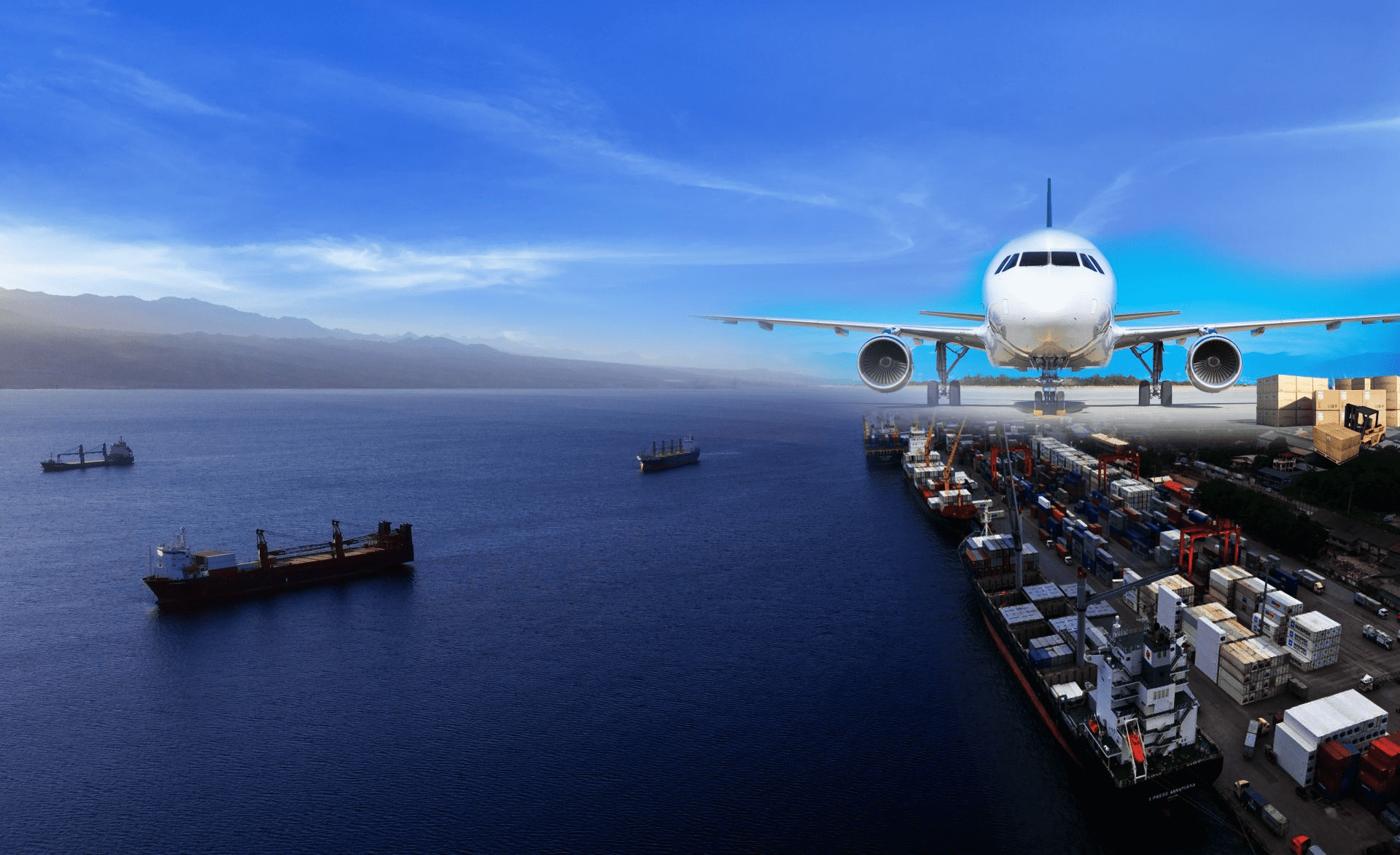Shipping goods to the Netherlands requires careful planning, and overpacking can lead to unnecessary costs and environmental waste. Understanding how to avoid overpacking when shipping to Netherlands is essential for both your budget and sustainability goals. Here are practical tips to help you pack efficiently.
1. Assess Your Goods’ Protection Needs
Analyze Fragility
Examine each item to determine its fragility. Delicate products like glassware or electronics need more cushioning, while sturdy items such as metal tools may require minimal protection. Use bubble wrap, foam inserts, or packing peanuts only when necessary.
Consider the Shipping Method
Different shipping methods pose varying risks. For sea freight, which has longer transit times and potential for rough handling, some extra protection might be needed. However, for air freight, where goods are generally handled more carefully, you can often reduce packaging.
2. Choose Appropriate Packaging Materials
Select the Right Size Containers
Opt for boxes or crates that fit your goods snugly. A container that is too large will tempt you to fill it with excess packing materials. Measure your items accurately and choose packaging that leaves only a small margin for securing the contents.
Use Reusable and Lightweight Materials
Whenever possible, choose reusable materials like plastic bins or lightweight cardboard boxes. Avoid heavy wooden crates unless your goods truly demand the extra strength. Reusable materials not only reduce waste but can also be more cost-effective in the long run.
3. Optimize Packing Techniques
Stack and Arrange Efficiently
Arrange items in a way that maximizes space utilization. Stack smaller items inside larger ones, and use dividers or inserts to prevent movement. For example, place smaller bottles inside a larger box with dividers to keep them from knocking against each other.
Secure Without Excessive Padding
Use straps, tapes, or corner protectors to secure items in place instead of filling every nook and cranny with packing materials. This approach holds your goods firmly while minimizing bulk.
4. Familiarize Yourself with Dutch Regulations
Know Packaging Requirements
The Netherlands, like many countries, has regulations regarding packaging materials. Some types of non-recyclable plastics may face restrictions. Ensure your packaging complies with local environmental and safety standards to avoid potential issues at customs.
Check for Labeling Rules
Be aware of any labeling requirements for your goods. Clear and accurate labels can reduce the need for additional protective packaging that might otherwise be used to prevent confusion.
5. Communicate with Suppliers and Logistics Partners
Discuss Packing Standards
If you’re sourcing goods from suppliers in China, communicate your expectations for minimal packaging. Request that they use efficient packing methods and materials that align with your goals to avoid overpacking.
Seek Expert Advice
Logistics partners experienced in shipping to the Netherlands can offer valuable insights. They can recommend packing practices that balance protection and cost – effectiveness, helping you streamline your shipping process.
In conclusion, learning how to avoid overpacking when shipping to Netherlands involves assessing your goods’ needs, choosing suitable materials, optimizing packing techniques, following regulations, and communicating effectively. By implementing these strategies, you can cut costs, reduce waste, and ensure your shipments reach the Netherlands in good condition. For more in – depth guidance on shipping best practices, companies like China Top Freight can provide professional expertise.Utilize China Top Freight to help solve the problems you are facing. Contact us today to embark on your smooth transportation journey!


